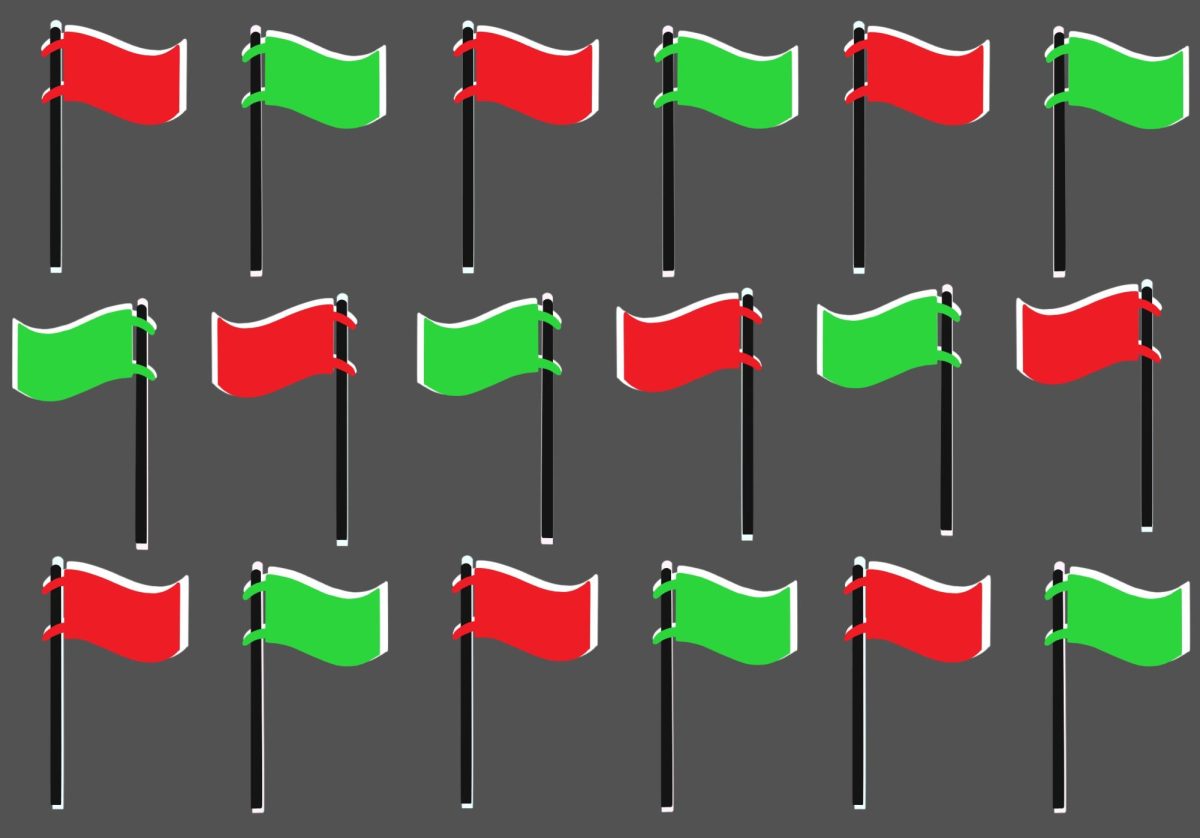Koby Nahmias’ Dec. 3 letter “Jewish return caused regeneration of Palestine” is really disturbing, to say the least. I don’t know if it’s meant to be a joke or if he is sincerely ignorant of the true facts. Whatever the case may be, he has responded to Sana Ansari’s column without addressing any of the real issues. Nahmias has arrogantly taken this opportunity to divert and distract readers from the real issues spanning from Israel’s human rights violations, home demolitions and ethnic cleansing policies to numerous injustices toward indigenous Palestinians.
His pathetic attempt to cover up Israel’s wrongdoings by distorting historical facts and ignoring Ansari’s main points in her column is like Israel’s record: shameful.
Nahmias has chosen to concentrate on the history of Palestine before 1913 instead, inaccurately depicting Palestinians as backward people who immigrated at about the same time, get this, their Jewish brothers did? I think you mean cousins here! Arabs were not recent immigrants; well, allow me to correct you.
At the end of World War I, Palestine was an Arab country similar to other parts of the Arab world. It had a population of 657,000 Muslim Arabs, 81,000 Christian Arabs and 59,000 Jews (including many European Jews from the first and second aliyah). So the Jewish population of Palestine in 1914 made up 8 percent of the total population (“Righteous Victims,” p. 83). Note that most Palestinian Jews (Yishuv) at the time where mostly Hasidic Jews concentrating in and around Jerusalem, Safad and Jaffa, and only 12,000 of these Jews lived on the land as farmers.
As for Israeli pride in the development of agriculture in Palestine since 1913, this is also inaccurate. The two principal agricultures, citrus and olives, were started and developed by the Arabs. Contrary to Nahmias’ claims and to Zionist propaganda portraying Palestine as a desolate land without a people and where progress was due to Zionist initiative, since the crusaders, the Holy Land was renowned for its olive groves and olive oil industry.
Palestine was a known citrus exporting country before Zionist immigration in 1920, renowned for its jaffa orange. In 1912-13, 1,608,570 cases of oranges were exported to Europe. During the 1944-45, the area of the land planted with olives was 595,405 dunums, of which the Jews owned only 7,000 dunums, or less than 1.2 percent. In the year 1944-45, the amount of olive produced was 75,341 tons. The number of fruitful olives trees was estimated to be 6 million trees, and each tree produces 2 kg during the draught periods, 12 kg in the fruitful periods and an average of 7 kg per year. (Survey of Palestine, prepared by the British mandate for the United Nations.)
Regarding the hill regions, the country is covered with olive orchards, vineyards and other deciduous fruit trees, while the lands in the south were used for the cultivation of grain, and those in the Jordan Valley for the production of vegetables and fruits. Every inch of fertile soil was used to full capacity and more and more rocky patches were being turned into orchards and groves. In that regard, it’s worth quoting Ahad Ha’am, a leading eastern European Jewish essayist who visited Palestine in 1891 for three months, when he tried to open many Jewish people’s eyes: “We abroad are used to believe the Eretz Yisrael is now almost totally desolate, a desert that is not sowed … but in truth that is not the case. Throughout the country it is difficult to find fields that are not sowed. Only sand dunes and stony mountains … are not cultivated” (“Righteous victims,” pg. 42).







